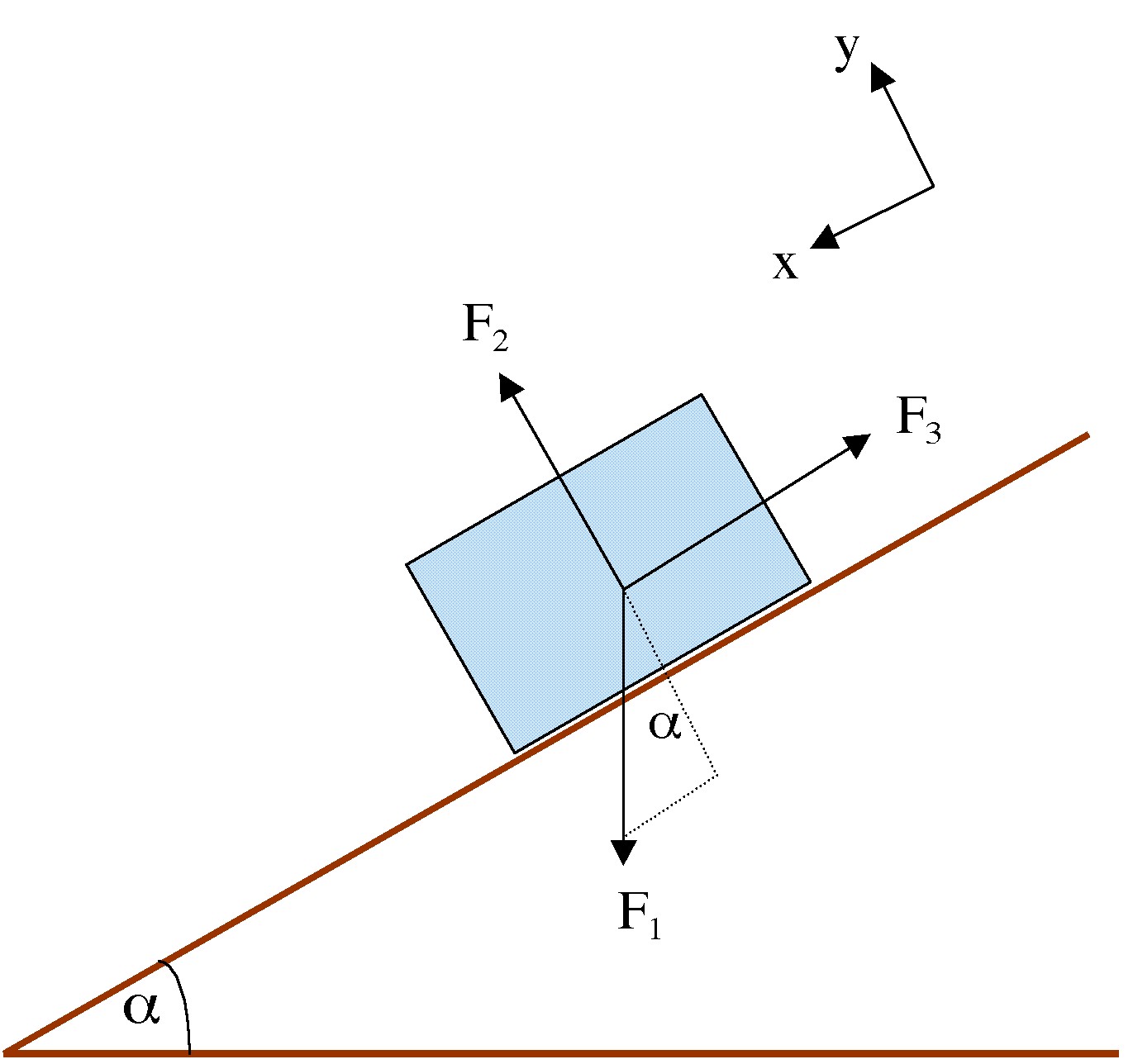You are headed on a dream vacation! Start at Manchester, and zoom around the globe using Google Earth in the North Lab. As you travel (on at least 10 stops), keep track of the latitude and longitude for each place, and create a scrapbook of activities and interesting highlights (You can print photos, and please write down 2 or 3 observations for each place. Ask other classmates who scrapbook for ideas...
Note the length and the angle of each leg of your trip. If you get done with this, you may start on the Day 2 activities.. Text or tweet me with questions.
REFLECTION QUESTIONS
- When you are finished, determine the net displacement from Manchester to your last location. Include a vector heading.
-
- Hand in your mercator projection graph, as well as the product detailing your trip, by the end of the day on Friday.
- Reflection questions that must be answered INDIVIDUALLY on the back of one of the graph sheets.
a) Would Google Earth or the graph be better for pilots?
b) which type of graph type would be better for detailing component vectors? Break ONE vector on that graph into its components. Show this on your reflection sheet,and indicate the starting and finishing locations.
c) based on the graph, could we easily determine a scale where 1cm = _____ miles. Why or why not?
d) how does a GPS use vector determinations as it calculates location?
e) Give three examples where a vector must be exact to the nearest mm.
f) Give three examples where a vector must be exact to the nearest m.
g) Give three examples where a vector must be exact to the nearest km.
h) Given what you have learned about vectors, where in your future career would you use vectors? Explain in 2-3 sentences.






